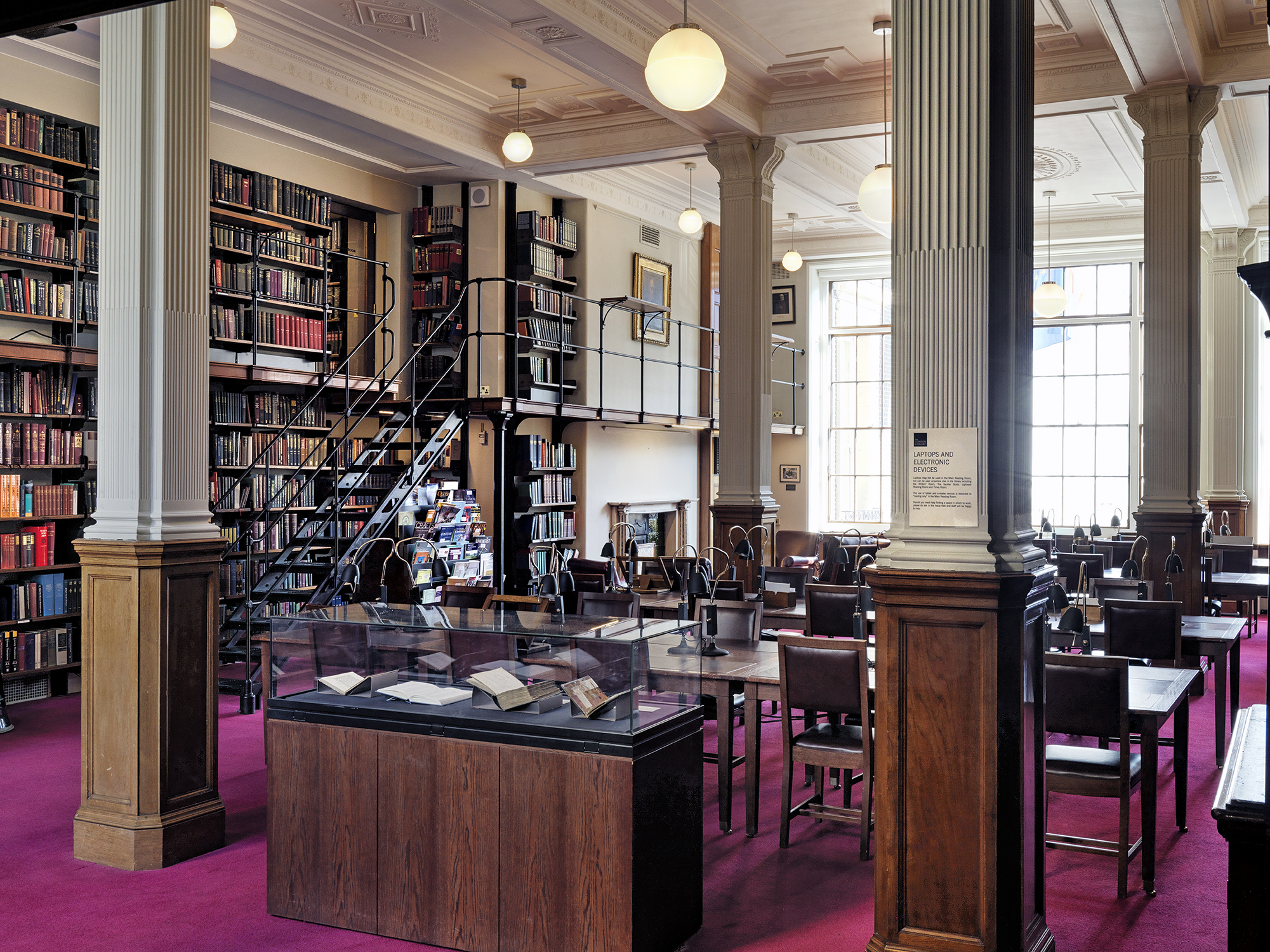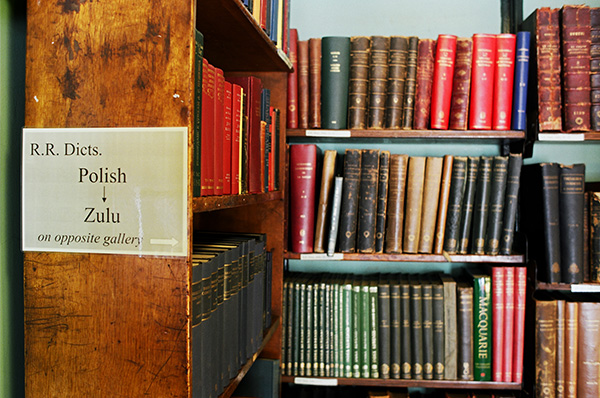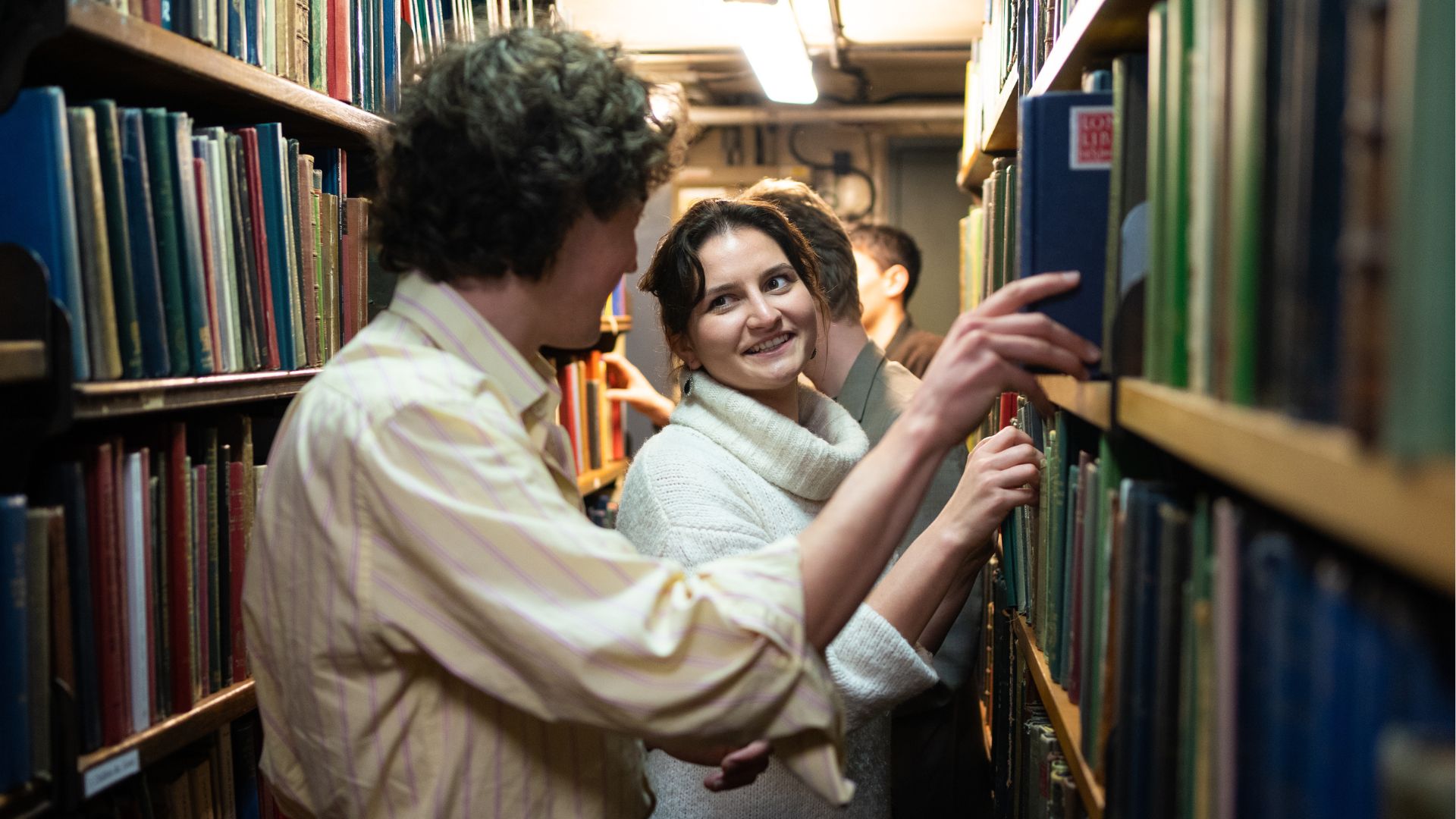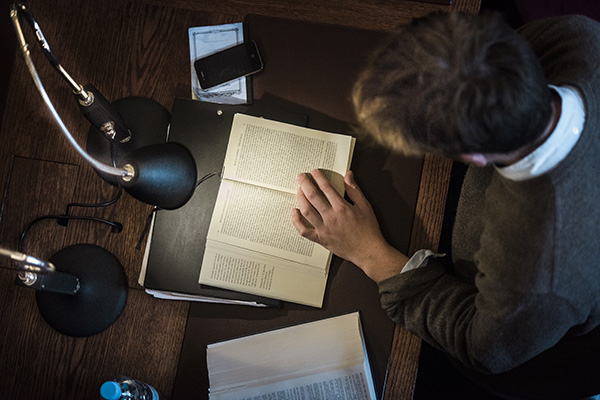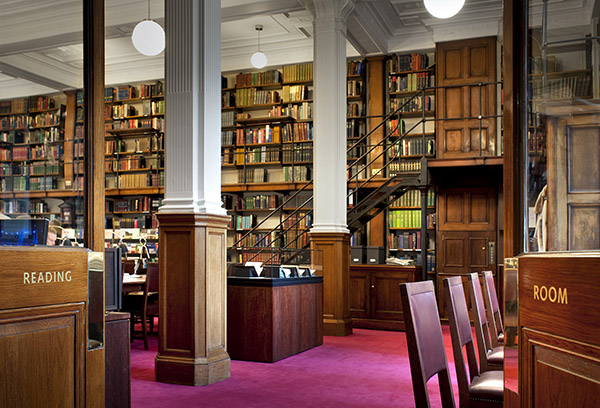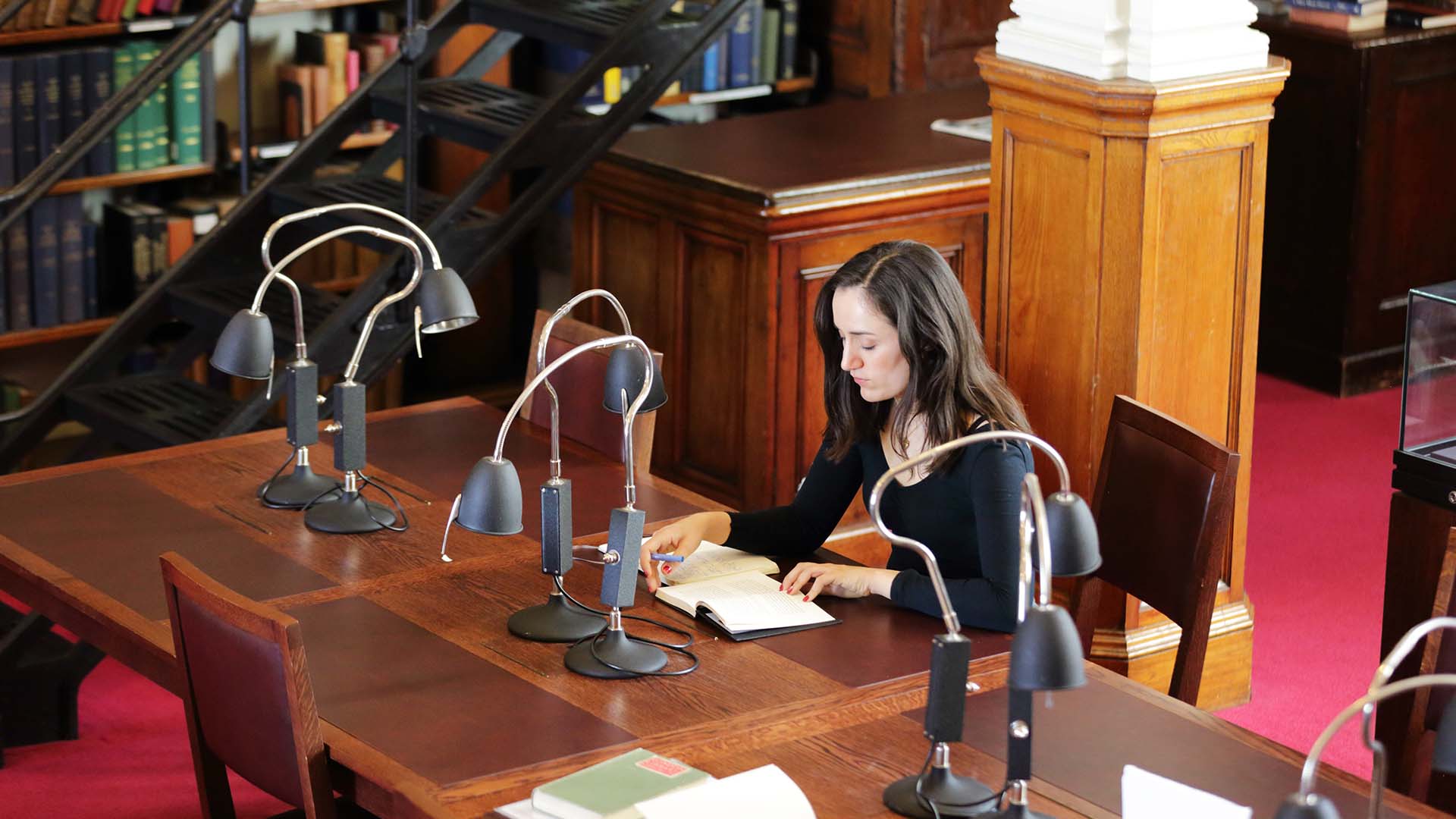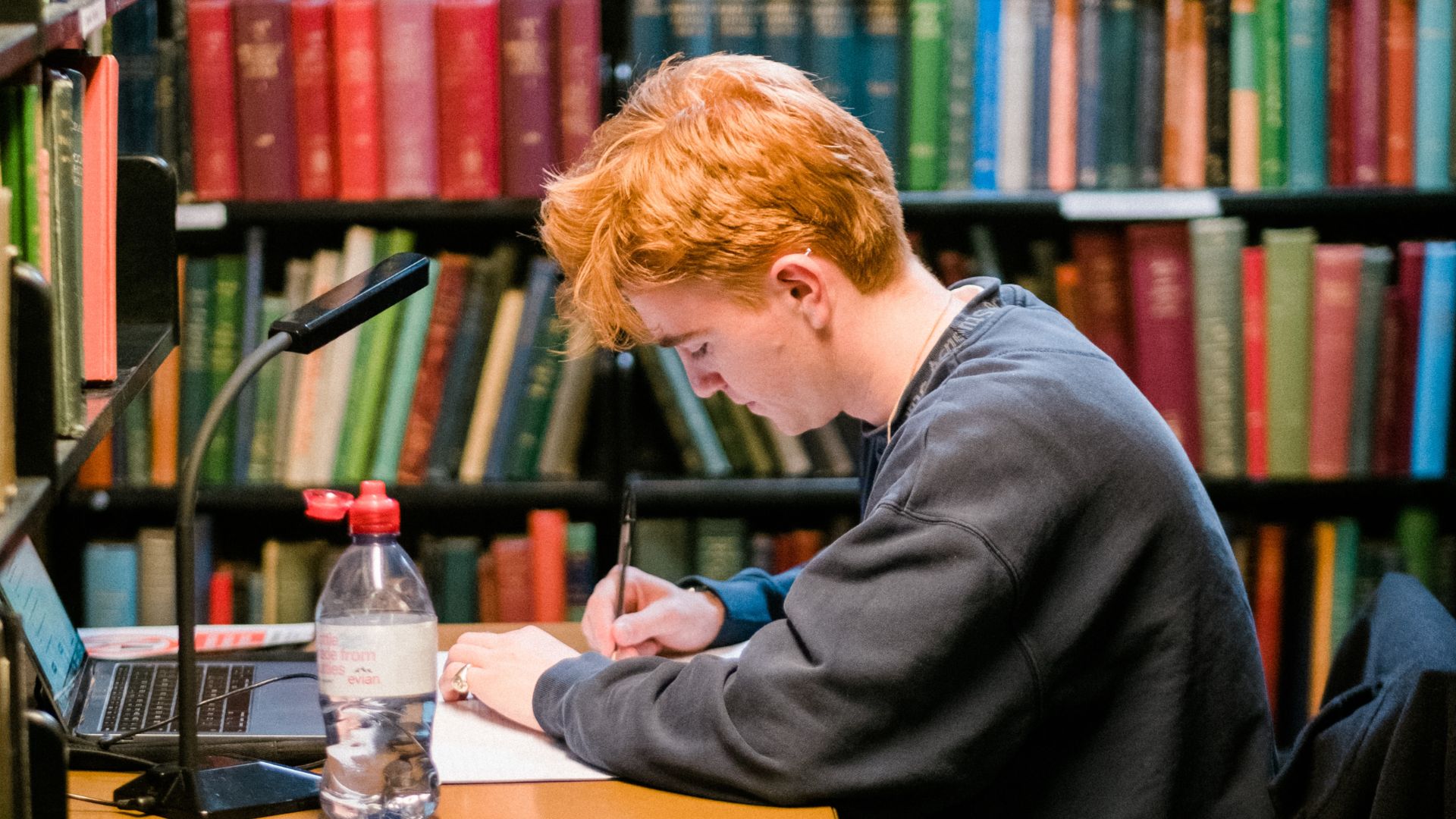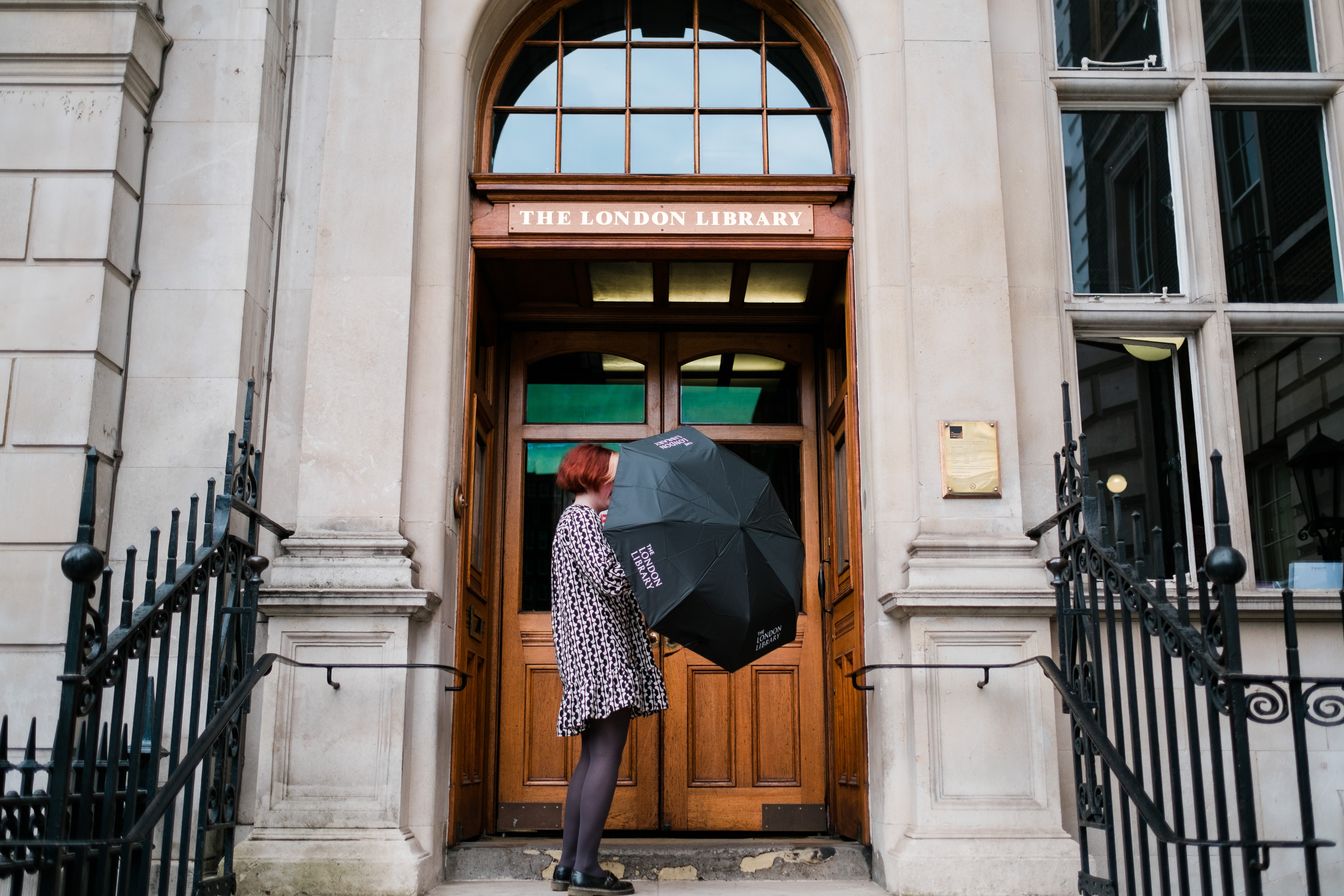In this blog from 2014, Helen O’Neill looked at Christmas advertisements in 1914 and the depiction of the famous Christmas Truce.
In the five days preceding 12 December 1914 the Post Office reported that 250,000 parcels had been sent to troops at the Front and the following week 200,000 more were despatched along with two and a half million letters. The Post Office increased its van fleet by half to cope with demand, and as rail services were disrupted by the war and vehicles were in scarce supply, post was transported in a range of conveyances including open cars and furniture vans.
So how did the recipients of these letters and parcels spend Christmas 1914? Christmas adverts in the pages of The Times in December 1914 include household brands such as Boots, Perrier, Oxo, Bovril, Horlicks, Burberry’s, Moss Bros and Shell, to name a few, which capitalised on their presence and use at the Front. From Burberry fleece lined gabardine trench coats to Shell fuelling the ambulances of the Allied forces, the adverts are rich in detail, many using soldiers’ testimonies as proof of their efficacy. Acquasctuum, Burberrys and Moss Bros all advertised officer’s kit. Burberry used no less than six quotes from those on active service as endorsements, including this from A.D.P. of the 16th Battalion London Regiment: “All officers coming out for the winter should have a Burberry with detachable fleece lining and Gabardine overalls. They will be covered in mud the first hour in the trenches but Gabardine dries well and the mud drops off.”

(L: The cover image of The Illustrated London News on January 9 1915 depicted a German soldier opening the truce by approaching British lines with a small Christmas tree. R: Christmas True depicted in The Illustrated London News showed German and British soldiers meeting in No Man’s Land shaking hands and exchanging headgear. The etching was taken from a photograph taken during the truce. The figure on the extreme left is a German soldier in a British service cap and the fourth figure from the left is a British soldier wearing a Pickelhaube or German helmet.)
If testimonies from the Front were not suitably persuasive Burberry had a secret advertising weapon in the shape of Antarctic explorer and national hero, Ernest Shackleton: “Gabardine is a lightweight weatherproof material of such remarkable warmth-maintaining powers that Sir E. Shackleton recently said nothing would induce him in polar regions to use any substitute even if the price of gabardine doubles and the substitute were offered free of charge.”
Benson’s advertised an “essential” part of an officers’ kit – an “active service watch” with fully luminous figures and hands so that the time could be seen at night. Boots ran several versions of an advert for its own brand of British cologne: White Heather and Jersey Castle under the header “No more German eau de cologne”. Food stuffs featured too.
Oxo adverts claimed to be “exactly suited to the needs of our men at the Front – made in minutes and sustains with bread and a few biscuits for hours”. If a few minutes were not to be had, Horlicks Malted Milk tablets were advertised as “invaluable to any soldier in the field. Most efficient at relieving hunger and thirst and preventing fatigue”. Horlicks offered free post to the Front if the name, regimental number, brigade and division of the soldier was supplied. Bovril used a military metaphor in its advertising asking “Are your communications threatened? Build up the defensive forces of your body. Bovril is and has always been at the Front.” Paisley Flour addressed itself to mothers of sons on active service in an advert that encouraged the baking and sending of home-made cake to the Front:
“You could not offer your boy in camp or at the Front any greater treat than a good wholesome home-made cake like those he used to get at home. Send him one this week with Paisley Flour”

(L: Benson’s Active Service Watch with illuminated figures and hands was marketed as an essential part of an officer’s kit. R: Under the title “No more German eau de cologne” Boots advertised British alternatives.)
If cake, Perrier water and a waterproof gabardine failed to stave off colds Dr J. Collis Browne’s Chloradyne –a remedy for “coughs, colds, colic, ague and kindred ailments” claimed to do the trick:
“Next to the weapons he bears, the best safeguard of a soldiers’ life is a small bottle Dr Collis Browne’s Chloradyne…it is a medicine chest in itself…Every man on active service should have a supply.”
The Civil Service Supply Association advertised service kits and camp equipment but also “Gifts for the Troops“ which included small items such as tobacco, cigarettes, socks, mittens, mufflers, caps, chocolate, ointments, foot powder, pocket knives, postcards and pencils. Taken in their totality the adverts provide a grim picture of conditions at the Front.

In January 2021 the Library will introduce a new Library Management System and updated online catalogue.
The current systems that the Library uses are end-of-life and we need to migrate to updated versions. The change will take place on 21 January 2021. Unfortunately this will lead to some loss of information on Library members’ accounts and it is important that you read the following information and capture any personal data that you may need.
Your loan history, eShelf and saved searches will not be transferred to the new system, therefore if you need access to this information after January 2021 it will need to be extracted from the current system. You can log in to Catalyst and extract this information following the below steps, please note that for members with a long user history this information may be lengthy.
Alternatively, we can extract your loan history for you, please request this by emailing newcatalyst@londonlibrary.co.uk. Please be aware this may take at least 5 working days.
Please follow the instructions below:
- Login to your account on Catalyst using your membership number and PIN. If you need a new PIN to log in please request this on newcatalyst@londonlibrary.co.uk with 'PIN' as the subject line.
To email records saved on your eShelf to yourself
- Click on the pin icon in the top right-hand corner of the screen then choose Saved Records (it should open by default).
- Click in the box at the top of your list to select all the records, or select the individual records you want to keep.
- Click on the ellipsis (...) from the grey menu bar at the top of the screen and select email from the options that appear. The email address that is linked to your account will appear automatically but it can be amended just for this action should you wish to use a different address.
- The system will send you an email containing the items you have selected but please be aware that after 21 January 2021 the links will no longer work.
To access your list of saved searches
- Go to your eShelf as above and choose Saved Searches.
- If you have any saved searches, they will appear here along with the terms you used and the scopes or refinements applied. These can be cut and pasted into a document and recreated in the updated version of Catalyst when it launches.
To access your loan history
- Click on your name in the top right-hand corner of the screen and choose My Loans.
- Click on Active loans (the drop down menu next to Loans) and select Previous and historic loans.
- You can cut and paste the information into a document, but you will get a neater, more readable version if we extract it for you – particularly if your list is long.
Download instructions with images
It is important that we have a Library Management System and online catalogue which are fully supported by the supplier and designed for the digital era. We understand that the loss of personal history relating to your use of the print and online collections will be disappointing to some and we have held back from making this change until absolutely necessary.
We apologise for the inconvenience and are happy to offer any assistance in collecting this information before the new system launches.

(L: The Spanish people’s fight for liberty / compiled by A. Ramos Oliveira (1937), R: Guernica: Crimes Committed by Fascism (1937)
We delve into shelfmark H. Spanish Civil War to find some remarkable volumes acquired during the conflict in the 1930s.
The Spanish Civil War was fought from 17 July 1936 to 1 April 1939 between the Republicans, who were loyal to the established Spanish Republic, and the Nationalists, a rebel group led by General Francisco Franco. The Nationalists prevailed, and Franco ruled Spain for the next 36 years, from 1939 until his death in 1975.
The London Library holds a collection of books about this tragic episode in the recent history of Spain, which can be found under the shelfmark H. Spanish Civil War. Many of the books were published and acquired by the Library while the conflict was going on, and some of them were published outside Spain, because there were very poor means for publishing them there, and also because they intended to attract international support for the Spanish Republic.
Of special interest are the books that include graphic materials, such as photographs taken during the conflict, showing the War fronts and the effects of the War on the Spanish cities and population. An example of this is the book entitled The Spanish People’s Fight for Liberty, a compilation of images from different photographic and press agencies, including Alliance Photo, Keystone Press Agency, Wide World Photos and Associated Press Photos, published by the Spanish Embassy in London in 1937. The images were taken at the beginning of the War and the selection pays special attention to the Republican side. Another interesting book is Guernica: Crimes Committed by Fascism (1937), a testimony of the aerial attack on the Basque town of Guernica on 26 April 1937, which is considered to be one of the first raids in the history of modern military aviation on a defenceless civilian population. The book includes several photographs of the complete destruction of the town caused by the Condor Legion bombings as well as the testimony of an eye witness.

(L: Un an de lutte pour l’indépendance et la liberté / par Joan Comorera (1937), R: British Battalion, XV International Brigade memorial souvenir (1939)
On the other hand, the collection includes speeches and addresses by important figures of both sides of the conflict. For instance, the book Palabras de Franco, published in Bilbao in 1937, collects a series of addresses made by the General in key moments of the first year of the War; and we can find an example of the Republican side in the book For the Independence of Spain, for Liberty, for the Republic: Union of all Spaniards!, the complete text of the report to the plenary session of the Central Committee of the Communist Party of Spain in 1938, by Dolores Ibárruri, “La Pasionaria”, the communist leader best known for her defence of the Second Spanish Republic and the famous slogan ¡No Pasarán! (“They Shall Not Pass”), pronounced in a speech during the Siege of Madrid in 1936.
Finally, we can also find some literary works about the War, such as Poes ías de Guerra (1937), a collection of poems that was published by the “Quinto Regimiento de Milicias Populares”, a famous military body of volunteers of the Second Spanish Republic. The Fifth Regiment of the People’s Militias was created as an initiative of the Spanish Communist Party and the Unified Socialist Youth, and it had a strong antifascist ideology. Some famous communist writers and poets were enlisted by or connected with the Regiment, for instance Rafael Alberti and Miguel Hernández, who wrote some of the poems in this anthology. Other examples of literature and the Civil War are the works by foreign authors that worked as war correspondents or fought as volunteers in the conflict, such as Arthur Koestler, Ernest Hemingway and George Orwell. Of the latter, the library holds the first edition of his acclaimed book Homage to Catalonia, published in April 1938, an account of his personal experiences during the War in Catalonia and Aragon from December 1936 until June 1937.

Thank you for taking part in The London Library Quiz.
Please support the Emerging Writers Programme. Your donation will fund free London Library memberships, writing development masterclasses, literary networking opportunities and peer support sessions for a cohort of 40 talented writers.
Read more: The London Library Quiz - Support the Emerging Writers Programme

